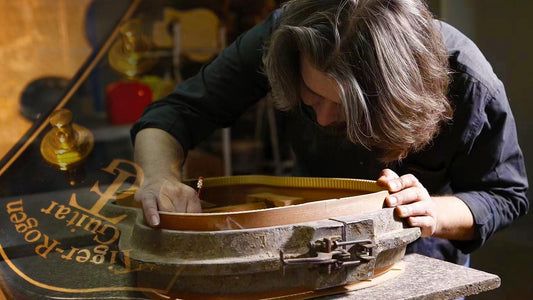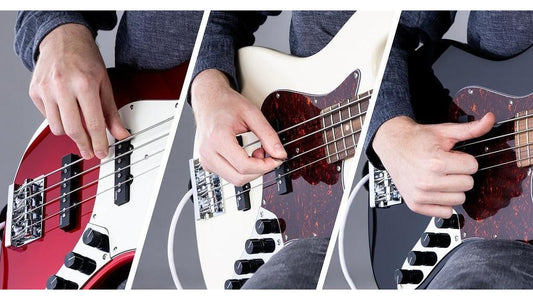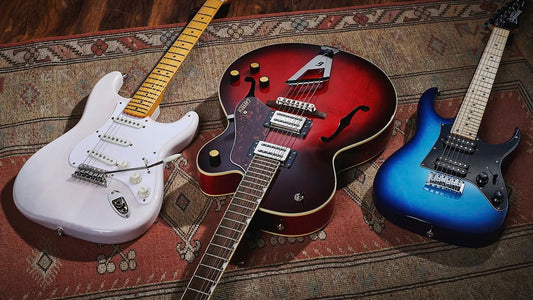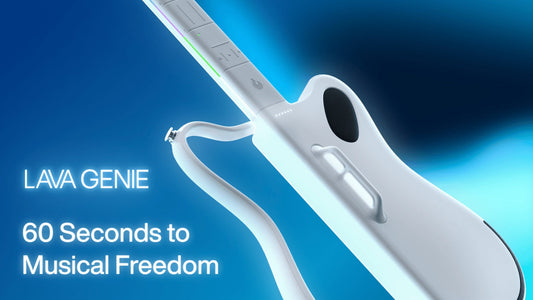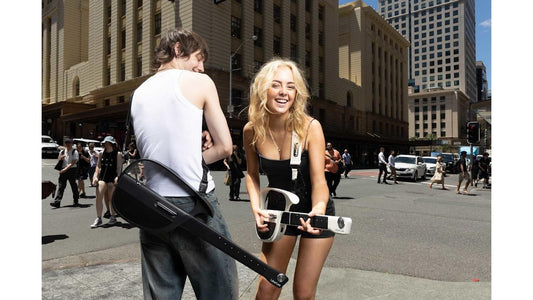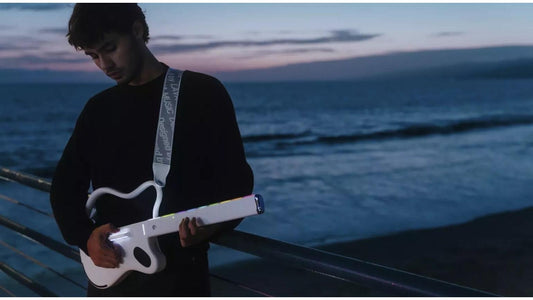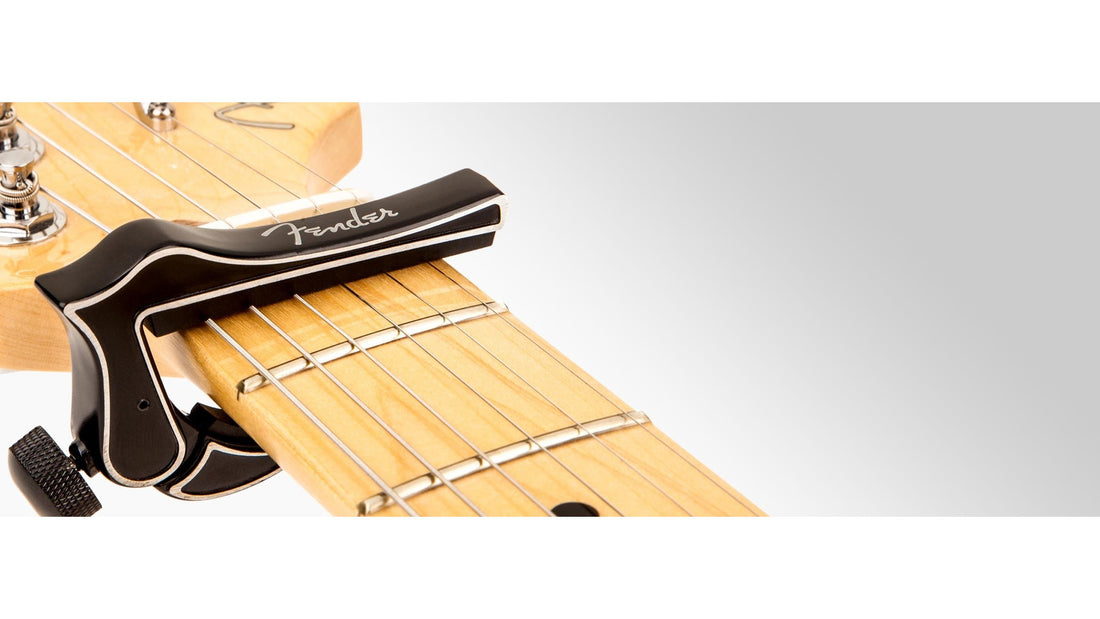
Capo Guitar Là Gì?
Một trong những phụ kiện guitar acoustic và guitar điện phổ biến hơn - cùng với bộ chỉnh âm, bộ lên dây, bộ làm ẩm, v.v.-- là capo .
Lấy tên từ tiếng Ý có nghĩa là "đầu", capo là một thiết bị nhỏ kẹp vào cổ đàn guitar và rút ngắn độ dài của dây, nâng cao cao độ của chúng. Capo thường gắn chặt trên tất cả các dây của đàn guitar hoặc nhạc cụ có dây có phím đàn khác, mặc dù chúng ít được sử dụng hơn chỉ trên một số dây chứ không phải tất cả chúng.
Ưu điểm chính của việc sử dụng capo là nó cho phép nghệ sĩ guitar chơi một bài hát ở các phím khác nhau trong khi vẫn sử dụng các dạng hợp âm mở ở vị trí đầu tiên, có âm sắc vang hơn.
Để hiểu chức năng của capo, trước tiên bạn phải hiểu chức năng của đai ốc. Ở phần đầu của đàn guitar, phần cuối của chiều dài rung (hoặc chiều dài thang âm) của dây là một dải nhựa, kim loại hoặc xương mỏng được gọi là đai ốc. Đai ốc cố định khớp nơi cần đàn tiếp xúc với đầu đàn (headstock) và các dây đi qua nó (thường ở một góc) khi chúng rời khỏi cần đàn và tìm điểm neo của chúng trên đầu đàn.
Đai ốc có các rãnh, cùng với ngựa đàn ở phần cuối của thân đàn, đảm bảo vị trí ngang chính xác của các dây dọc theo chiều dài của cần đàn.
Capo có chức năng như một loại đai ốc có thể di chuyển được, vì nó có thể được kẹp vào bất kỳ phím đàn nào bên dưới khớp cần đàn và cung cấp cùng một kiểu ngắt rung. Tuy nhiên, không giống như đai ốc, capo không có rãnh dây, vì mục đích duy nhất của chúng là thay đổi cao độ hơn là duy trì vị trí đặt dây bên (chức năng này vẫn được đảm bảo bởi đai ốc và cầu nối ngay cả khi sử dụng capo). Do đó, một capo hoạt động bổ sung cho đai ốc chứ không phải thay thế nó.
Một điểm khác biệt quan trọng đáng chú ý về capo là chúng được sử dụng để thay đổi cao độ của dây mở mà không cần điều chỉnh bộ khóa. Do đó, không chỉ cao độ mà cả âm sắc của dây cũng bị ảnh hưởng, tạo ra âm sắc của các nhạc cụ có thang âm ngắn hơn, chẳng hạn như đàn mandolin.
Các kiểu capo khác nhau được gắn vào cổ đàn guitar ngay sau dây phím đàn bằng một trong các phương pháp đính kèm khác nhau. Hầu hết đều có một thanh bọc cao su thực sự giữ dây, buộc chặt vào cổ bằng dây đeo đàn hồi, nylon hoặc vải khác; hoặc bằng lò xo, vít hoặc kẹp.
Một cải tiến gần đây hơn là capo một phần, không bao quanh hoàn toàn cổ và chỉ có thể áp dụng cho hai, ba, bốn hoặc năm dây thay vì cả sáu dây. Điều này cho phép hàng chục biến thể âm sắc mà không làm thay đổi cách điều chỉnh của nhạc cụ.
Việc sử dụng capo phổ biến trong nhạc blues, dân gian, flamenco và guitar truyền thống của Ireland; chúng hầu như không được sử dụng trong nhạc jazz và chơi guitar cổ điển. Nhiều nghệ sỹ chơi nhạc rock và pop đã sử dụng capo, bao gồm George Harrison, Keith Richards, Noel Gallagher, Bruce Springsteen, Steve Earle, Tom Petty, Richard Thompson, Johnny Marr, Paul Simon, Jimmy Page, John Mayer và nhiều người khác.
Xem thêm:
